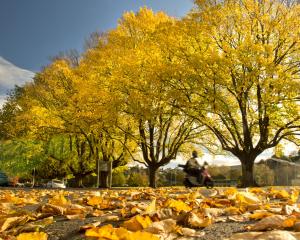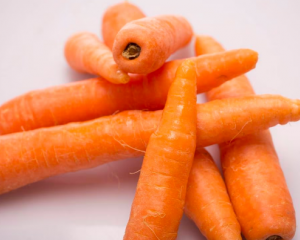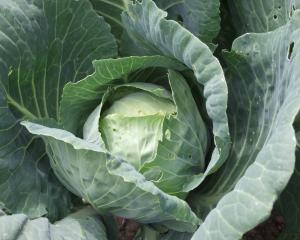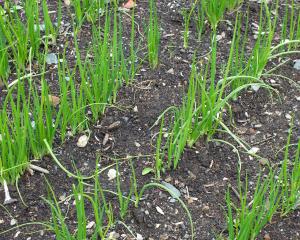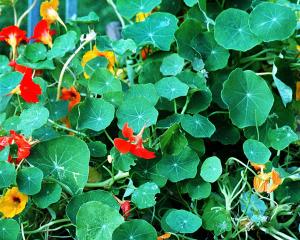Vegetables
Peas can still be sown and dwarf varieties, such as Novella, will produce plump pods in nine to 11 weeks from sowing.
Greenfeast takes 11 to 13 weeks.
Peas do best in trenches filled with rich soil and compost topped with ordinary soil.
Add 50g of superphosphate for every metre of the row and keep the top of the filled-in trench a little below ground level.
This will help keep the peas' roots moist longer after watering if conditions become dry later in the season.
Like peas, celery and leeks can be planted in heavily fertilised trenches topped with soil.
Brussels sprouts put in now will give an early crop for picking in late autumn.
Another planting at new year will mature over the winter and through to early spring.
Late-season potatoes, such as Rua, Moonlight, Red Rascal, Heather and Agria, should go in as soon as possible.
Choose a sunny, moist (not wet) spot with plenty of compost to feed the potato plants.
Main-crop carrot and beetroot seed can be sown.
Cucumbers and pumpkins can be planted now throughout the South.
These plants demand extremely rich soils and warm situations. Lettuce, radishes, mustard streaks, mizuna, miners lettuce (Claytonia), mesclun mixes and other salad crops can be sown now, as well as Asian greens such as pak choi, tatsoi and hon tsai tai turnips, kohl rabi and spinach.
Swedes, rarely seen in the home garden now, should be sown where they are to mature.
Beetroot and kohl rabi can be transplanted fairly successfully to fill gaps in rows, but it is a waste of time trying this with carrots, white or golden turnips or parsnips, as they seldom survive.
Flowers
Violas and pansies will flower over a longer period and the quality of the blooms will be better if deadheaded regularly.
This also prevents hundreds of seedlings later, often of so-so colour.
When the flowers start losing their quality, cutting the plants back a few centimetres above ground level can prompt new growth and more flowers in a surprisingly short time.
Wallflowers, forget-me-nots and other spring-blooming plants that have finished flowering can be pulled up and spaces made for summer annuals.
Calendula, nasturtium, cosmos and cornflower plants also do well in poor, dry soils as long as they get plenty of sun.
Hyacinths, tulips and narcissi can be lifted now and, keeping the yellowing foliage intact, planted in pots to ripen off.
When the foliage has completely died, bulbs can be lifted, cleaned and stored.
Fruit
Outdoor tomatoes should be making strong growth. Keep side shoots pinched out, stake as required and do not overwater at this stage if soil moisture is plentiful.
Russian Red, Black from Tula and Purple Russian are cold-tolerant tomatoes that can be grown without protection, although they do best if sheltered from cold winds.
When the fruit begins to swell, mulch the ground under the tomato plants with straw to keep the soil warm overnight. Apple trees sometimes have a fluffy white growth, American blight.
It is actually an excrescence produced by a type of aphid (Schizoneura lanigera) to protect itself and can be spread by strong winds.
Methylated spirits or kerosene rubbed on the fluff kills the bugs.
Because the aphids often drop to the ground, it is important to keep the soil clear for birds to do their work or, alternatively, rake in a soil fumigant to kill the insects.


